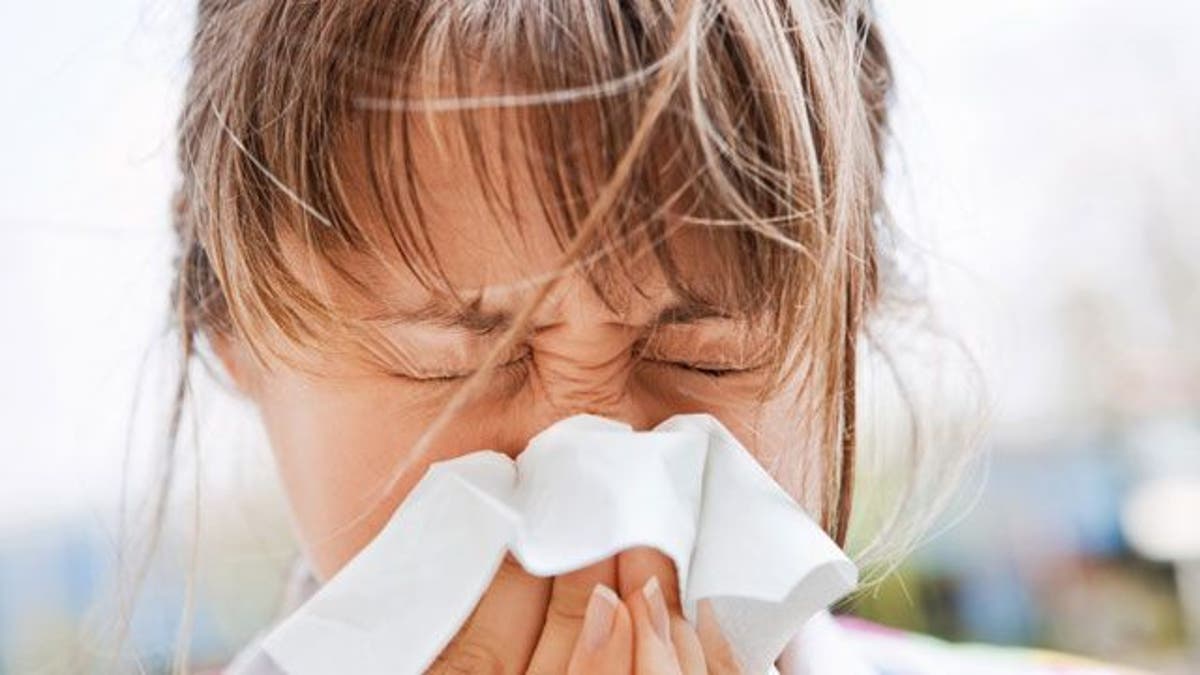
A common fungus tends to grow more allergenic traits in the presence of high carbon dioxide, Naama Lang-Yona, a doctoral candidate in environmental sciences at the Weizmann Institute of Science in Israel, said at the annual meeting of the American Geophysical Union.
The fungus, called Aspergillus fumigatus, is incredibly common.
"Its natural habitat is decomposed biomass and soils, but you could find it in many other places, such as our walls, air-conditioning filters," Lang-Yona said in an email.
The fungus sends out spores with tiny proteins on their coat that mobilize the body's immune cells to wage war against the body. Side effects can be as mild as sneezing and as serious as anaphylaxis. [5 Ways Climate Change Will Affect Your Health]
In addition, the fungus can cause rare, but life-threatening lung infections. One man recently had to have part of his lung removed to treat the giant ball of fungus growing there.
Allergies have been on the rise in the past several decades, and Lang-Yona and her colleagues wondered how atmospheric changes influenced this trend.
To find out, the researchers grew the mold spores with different levels of carbon dioxide in the growth medium. Afterward, they measured the presence of several allergenic proteins grown by the mold spores.
Mold grown in current carbon dioxide levels produced 8.5 times as much allergenic protein as those grown in pre-industrial carbon dioxide levels, in part because the extra carbon dioxide induces changes in the bacteria's respiration and growth process, the researchers found.
The results suggest that the sharp rise in carbon dioxide emissions could be worsening allergic responses, at least to this particular mold. But carbon dioxide may affect other types of allergens as well.
"Since the mechanism is physiological it can certainly be relevant to other mold-allergens," Lang-Yona said. "It is most likely that growth condition changes also influence other types of allergens, but this needs to be further checked."
The findings were also published in May in the journal Global Change Biology.
Copyright 2013 LiveScience, a TechMediaNetwork company. All rights reserved. This material may not be published, broadcast, rewritten or redistributed.
